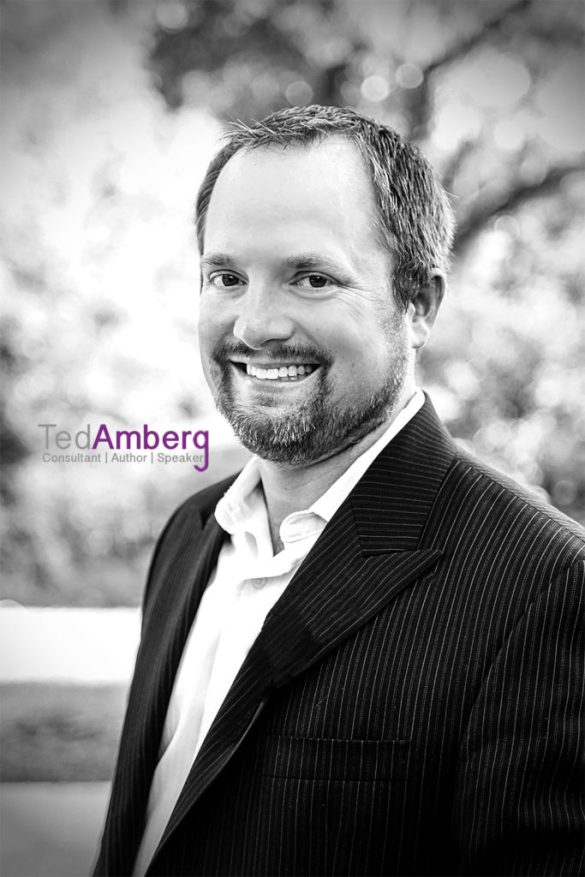“The art of storytelling is not just to entertain kids. It can revolutionize your companies’ brand, and in turn make your brand the story people tell.” – Ted Amberg
The idea of telling a story to get a brand message across may seem daunting. But you simply need to answer a few questions to get started. Those that tell the best story will most often win the business. Ask yourself the following questions:
· Why did I launch the company in the beginning?
· What problems did we help solve for our customers in doing so?
· Why are we passionate as a company to serve this market?
· How do we stand out from competitors, and what truly makes us unique?
· How do we want our customers to feel when they work with us?
· What are we the absolute best at that we set the bar ?
Take a few minutes and write out the above questions and answer them as honestly as you can for yourself. Do you see a trend? Do you see some areas that need improvement? Do you see where you can grow and create better customer loyalty possibilities?
Remember the old saying, “People won’t remember what you said, but they will remember how you made them feel.” The best branding experts realize this and use it to their advantage. Effective branding is moving past the mere functionality of a product or service and creating a sense of loyalty and emotion in your customer base. There is a reason that brands such as Harley Davidson have their customers literally tattooing the company logo on their skin. It’s not because Harley makes great bikes, it’s because those customers feel a sense of bond with the company and other customers, in the sense of a tribe. And that’s powerful branding.
Anyone can throw a lot of money into an ad campaign or a marketing push. You can do the same, and you’ll likely get some customers out of it. But when another company comes along with a “shiny new toy” or a lower price, then they will leave you faster than a toupee in a hurricane! You must instill a sense of loyalty in your customers to keep them around. Brand loyalty is competitor insulation. Understand that it’s not about your services and products. It’s really about the story you convey to your customers and the problems you solve for them. That is key.
“People don’t want to buy a quarter inch drill bit. They want a quarter inch hole.”
– Theodore Levitt, Harvard Business School Professor
Ted Amberg is a nationally recognized business consultant and author of “The Unfair Advantage,” a book that explores what’s needed for success in today’s tough business environment.


